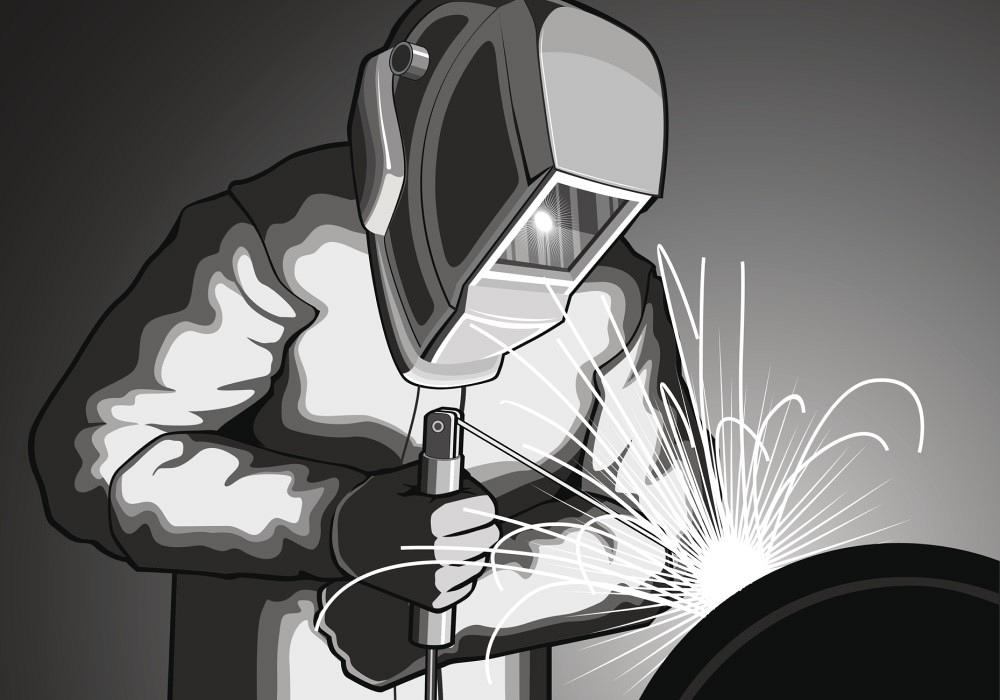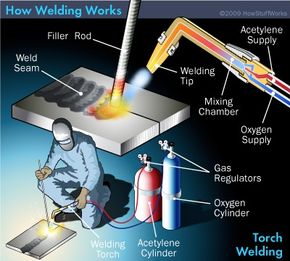How to Develop a Reliable Welding WPS: Tips and Ideal Practices
How to Develop a Reliable Welding WPS: Tips and Ideal Practices
Blog Article
The Ultimate Guide to Welding WPS Procedures: A Detailed Summary for Welders
In the complex world of welding, Welding Procedure Specs (WPS) offer as the backbone of making certain quality, consistency, and safety and security in welding procedures. Recognizing the nuances of producing, carrying out, and monitoring WPS procedures is crucial for welders looking to boost their craft and satisfy market requirements. As we look into the various elements of a WPS and check out the ins and outs of credentials and certification, we will uncover the important function these treatments play in the realm of welding. Let's start a trip to unravel the intricacies and significance of WPS treatments in welding methods.
Significance of WPS Procedures
Recognizing the importance of Welding Treatment Requirements (WPS) treatments is crucial for guaranteeing the high quality and stability of welded structures. WPS treatments offer as a roadmap for welders, outlining the necessary actions, parameters, and products needed to accomplish an audio weld. By sticking to WPS standards, welders can ensure uniformity in their work, bring about trusted and structurally audio welds.
Among the primary reasons WPS treatments are vital is their duty in maintaining weld top quality and honesty. Complying with the defined welding criteria and techniques laid out in the WPS assists stop problems such as porosity, cracking, or insufficient combination, which can compromise the stamina and sturdiness of the weld. Furthermore, WPS procedures are essential for making sure conformity with market standards and codes. By adhering to well established WPS guidelines, welders can show that their job satisfies the necessary demands for safety and top quality, providing assurance to customers, examiners, and governing bodies. Fundamentally, the significance of WPS procedures can not be overemphasized, as they are basic to achieving consistent, top quality welds that fulfill industry criteria and requirements.

Elements of a WPS
A Welding Procedure Specification (WPS) generally consists of crucial elements that detail the particular requirements for executing a weld, making certain consistency and quality in the welding procedure. The crucial elements of a WPS consist of important variables such as base steels, filler metals, preheat and interpass temperatures, welding procedures, securing gases, welding positions, and post-weld heat therapy requirements.
Base metals describe the materials being signed up with, while filler metals are made use of to fill up the void between the base metals throughout welding. Preheat and interpass temperature levels are crucial for controlling the warm input and preventing concerns like splitting or distortion. The welding process details the specific strategy to be used, whether it's gas steel arc welding (GMAW), secured steel arc welding (SMAW), or one more approach. Shielding gases protect the weld swimming pool from atmospheric contamination. Welding placements specify the positionings in which welding can be carried out. Post-weld warmth treatment may be required to ease stress and anxieties and boost the weld's residential properties. An extensive understanding of these parts is crucial for creating a reliable and detailed WPS.

Certification and Qualification
Having actually developed the essential elements of a Welding Treatment Specification (WPS), the focus now moves in the direction of visit site the crucial elements of qualification and certification in welding techniques.

Qualification, on the other hand, is the formal acknowledgment of a welder's credentials by a relevant accreditation body or organization. Welding certifications are typically based upon the specific welding processes, materials, and positions a welder is qualified to deal with. Holding a legitimate welding qualification demonstrates that a welder meets sector criteria and is competent to do welding jobs to the required requirements.
Creating a WPS
To establish a Welding Treatment Spec (WPS) that satisfies sector standards, cautious i thought about this factor to consider of welding procedures, products, and functional specifications is vital (welding WPS). The very first step in producing a WPS is to recognize the welding process to be made use of, such as gas steel arc welding (GMAW) or shielded metal arc welding (SMAW) Once the welding process is figured out, the next important facet is choosing the suitable products, taking into consideration aspects like base metal kind, density, and joint style. Operational specifications such as welding existing, voltage, travel speed, and protecting gas composition need to additionally be meticulously defined in the WPS.

Applying and Monitoring WPS
Upon wrapping up the thorough Welding Treatment Specification (WPS) that carefully information welding procedures, products, functional specifications, and top quality guarantee steps, the focus changes to efficiently carrying out and monitoring the well-known procedures. Implementation entails making certain that all welders entailed in the project are familiar with the WPS and follow it thoroughly during the Find Out More welding procedure. Reliable execution and tracking of the WPS are critical for ensuring the honesty, toughness, and safety and security of the bonded joints, eventually contributing to the general success of the welding task.
Final Thought
Finally, understanding and following Welding Treatment Specifications (WPS) is important for welders to guarantee quality, uniformity, and safety in their job. By knowing the parts of a WPS, getting appropriate credentials and certifications, producing detailed procedures, and carrying out and monitoring them efficiently, welders can improve their skills and proficiency in welding methods. Sticking to WPS treatments is essential for generating high-quality welds and conference sector requirements.
In the elaborate world of welding, Welding Treatment Specifications (WPS) serve as the foundation of guaranteeing high quality, consistency, and safety and security in welding procedures. The welding procedure describes the specific method to be made use of, whether it's gas metal arc welding (GMAW), shielded metal arc welding (SMAW), or another technique.To establish a Welding Treatment Spec (WPS) that satisfies market standards, cautious factor to consider of welding procedures, products, and functional parameters is vital. The very first step in developing a WPS is to determine the welding process to be used, such as gas steel arc welding (GMAW) or secured metal arc welding (SMAW)Upon finalizing the comprehensive Welding Treatment Specification (WPS) that diligently information welding procedures, products, operational specifications, and top quality guarantee measures, the emphasis shifts to effectively executing and keeping an eye on the established procedures.
Report this page